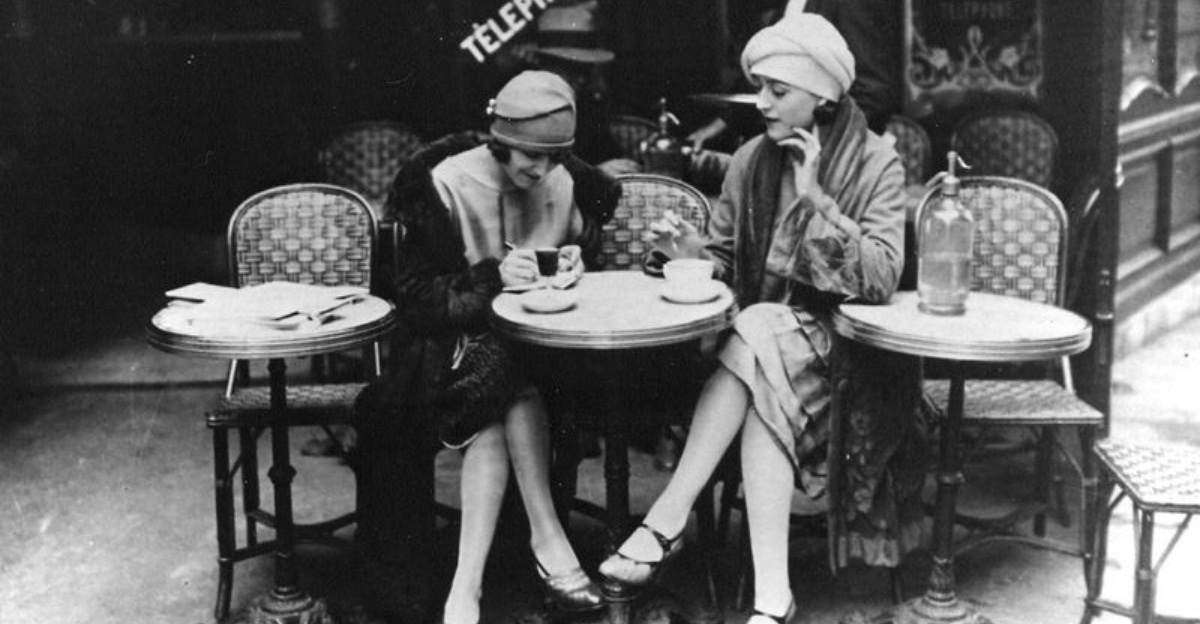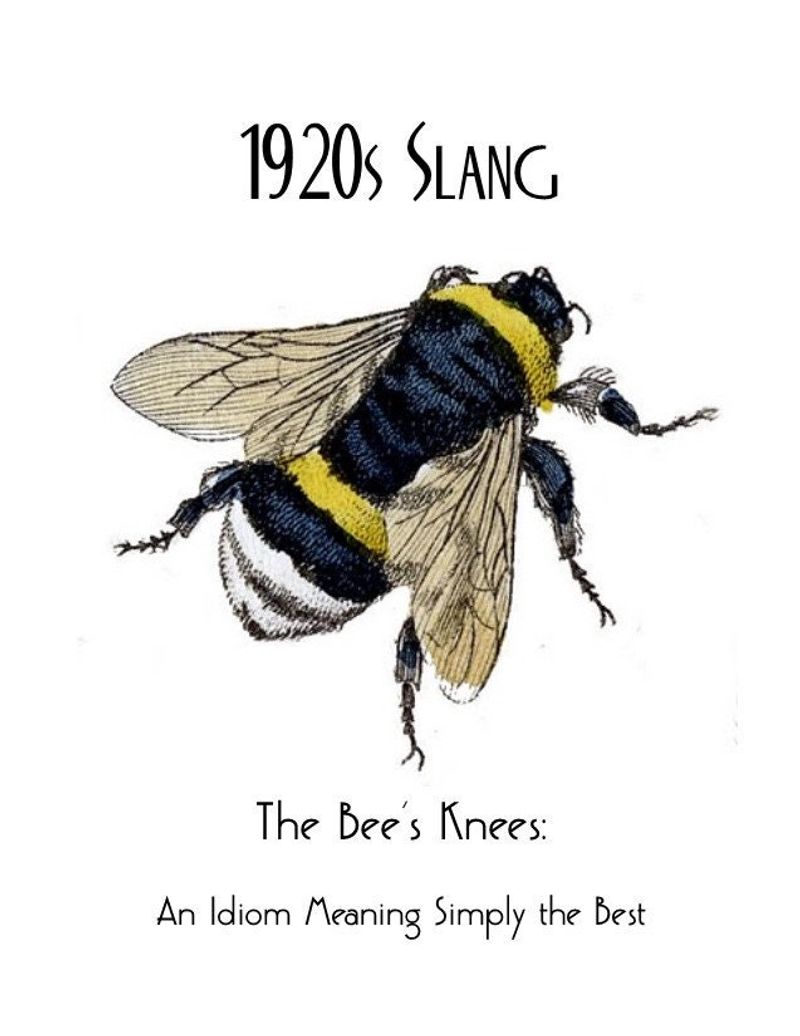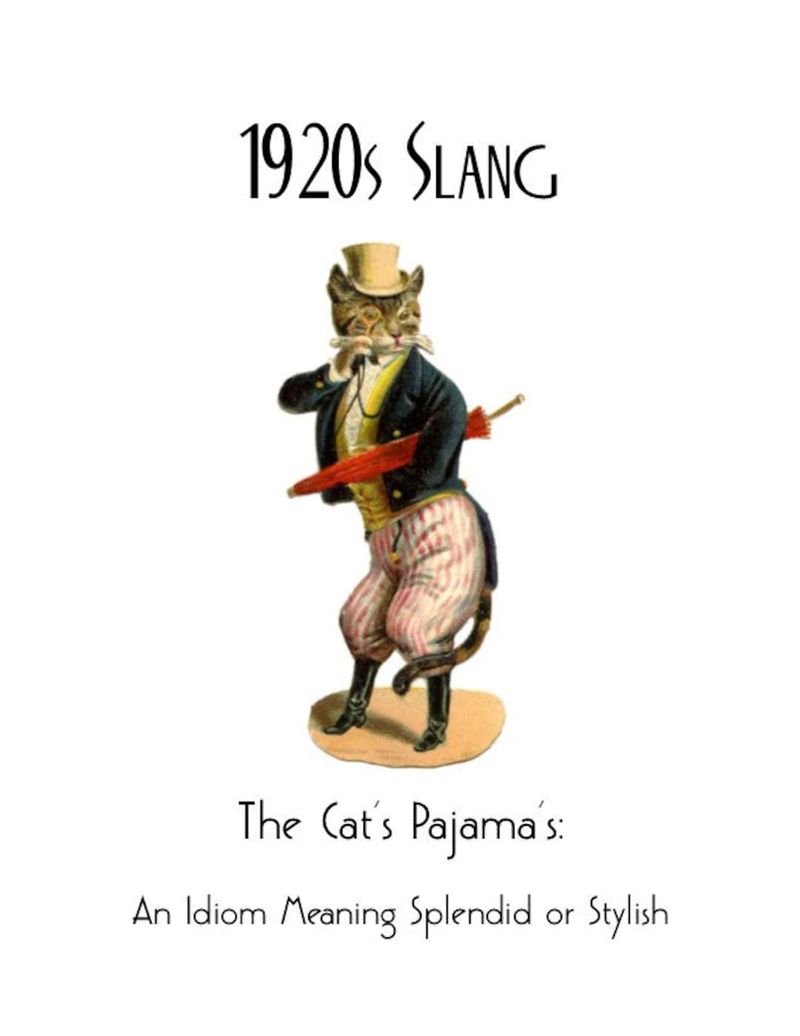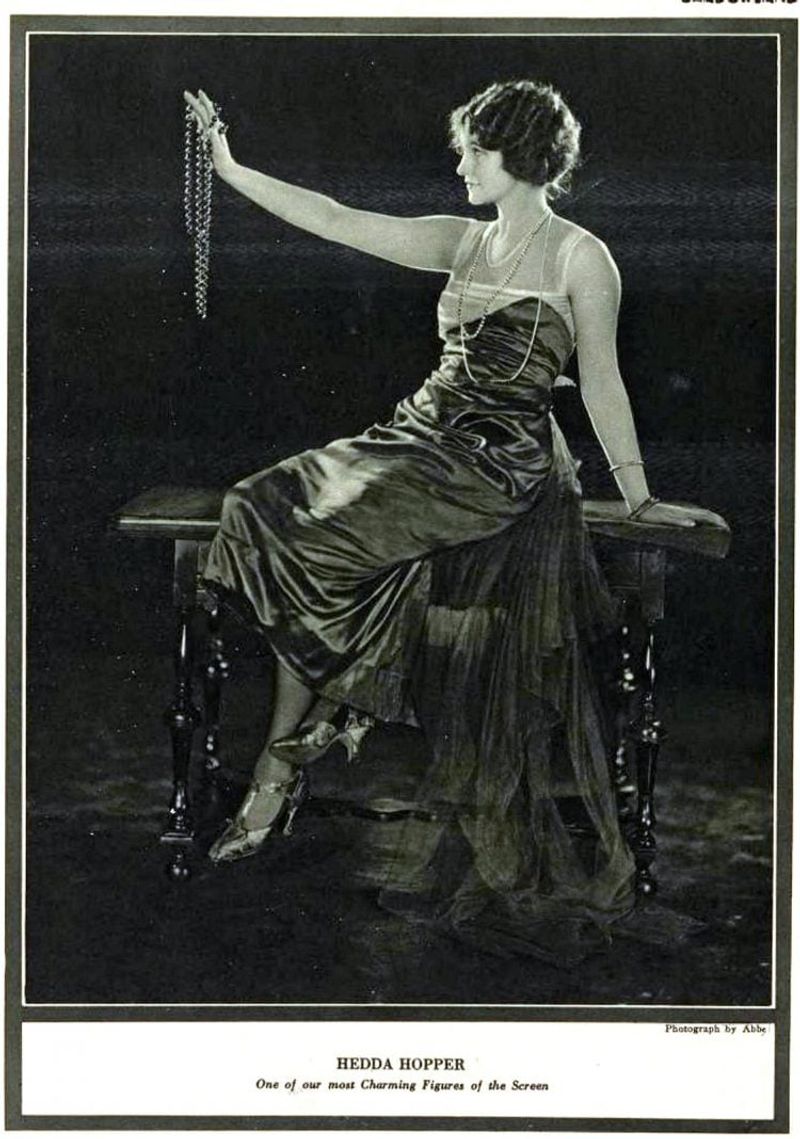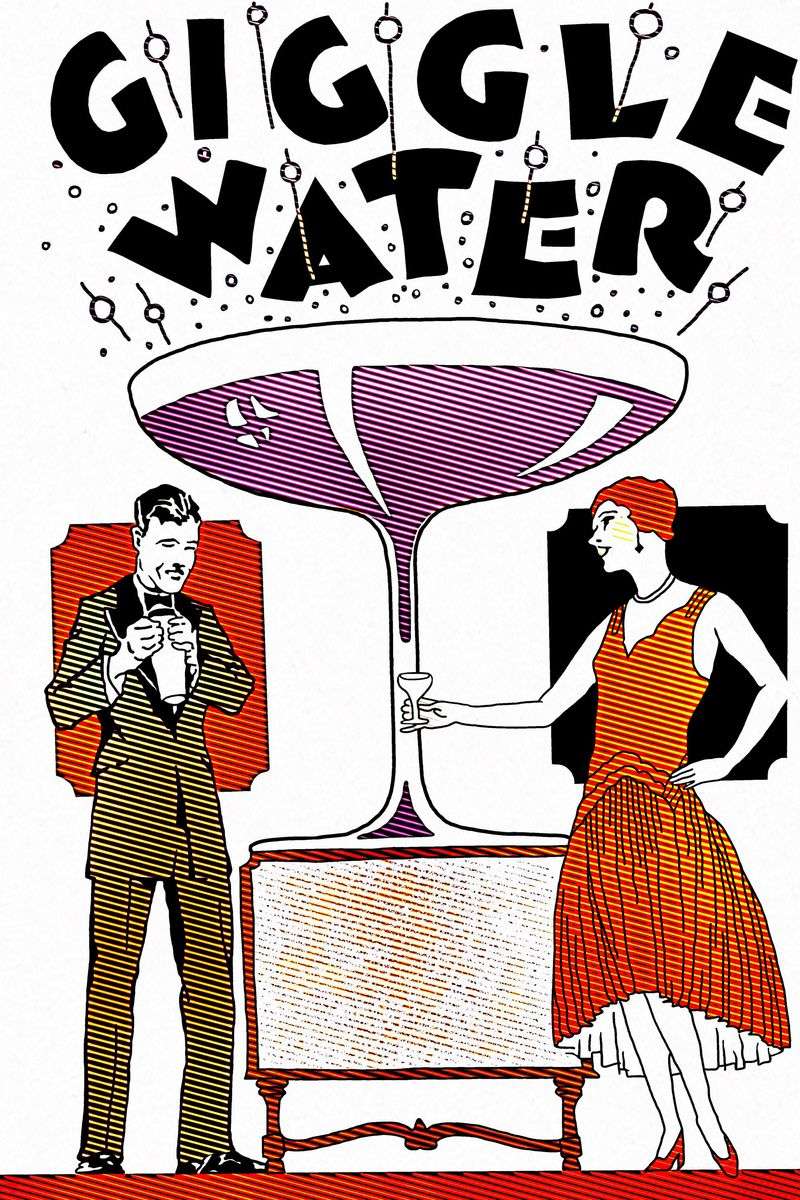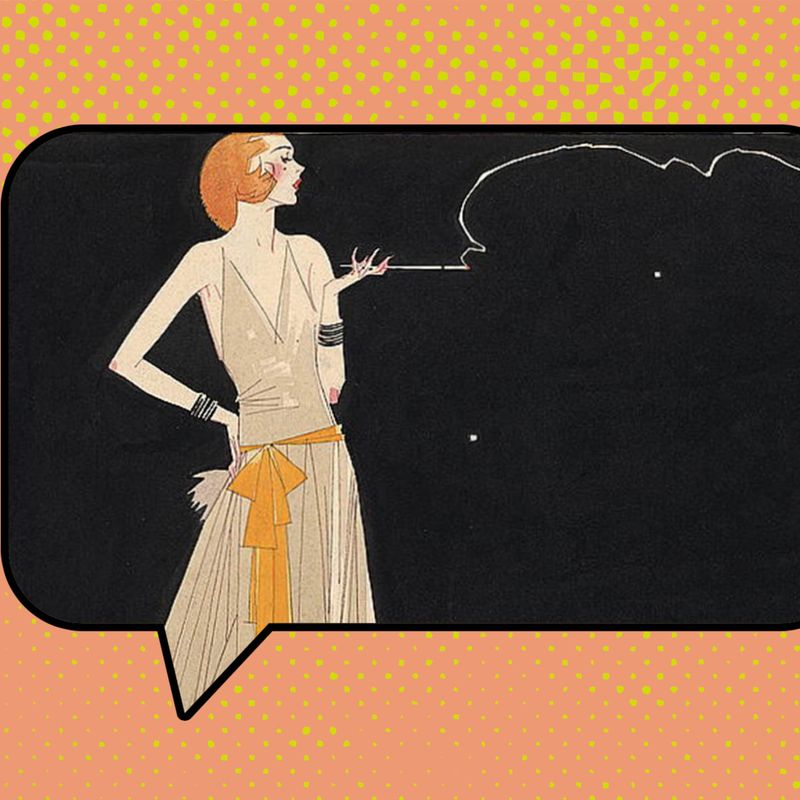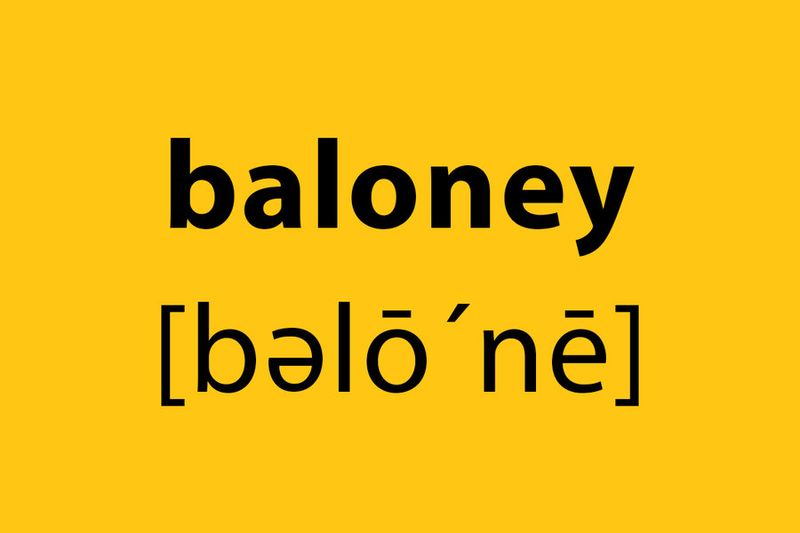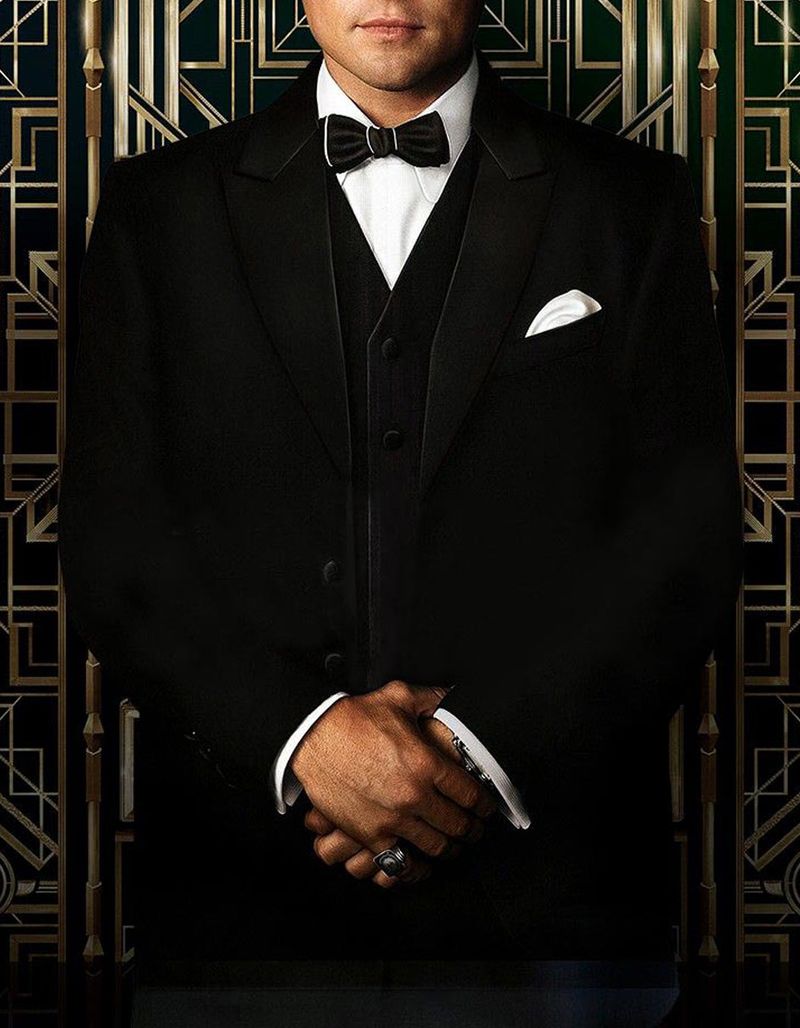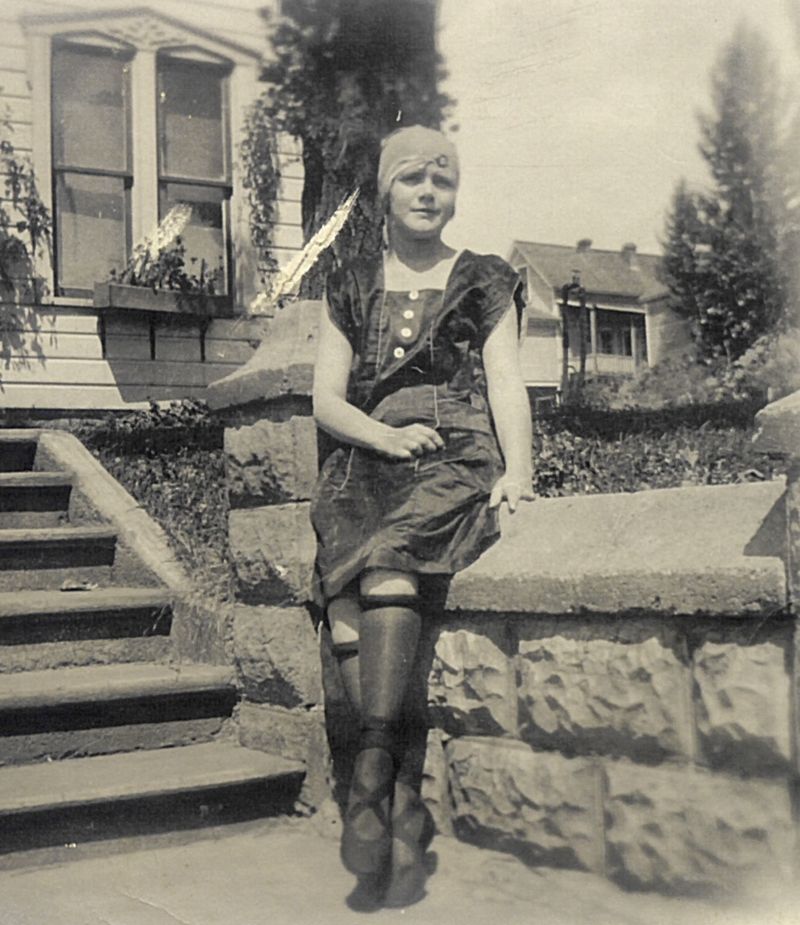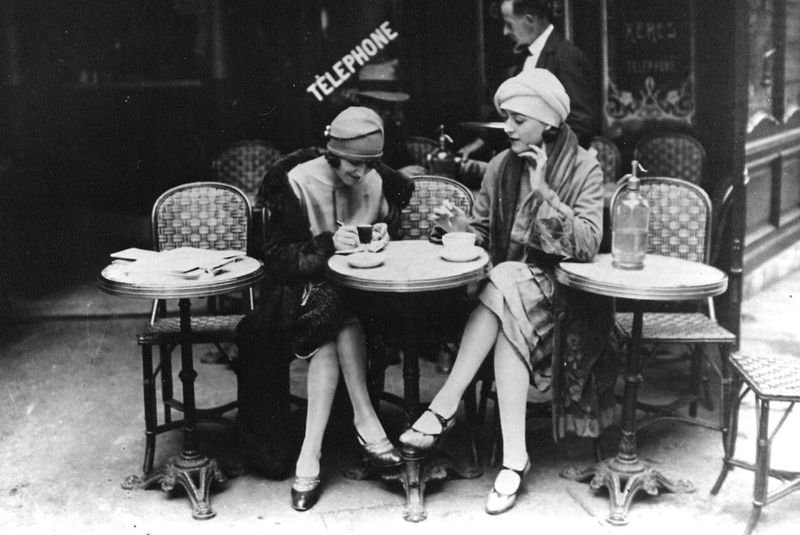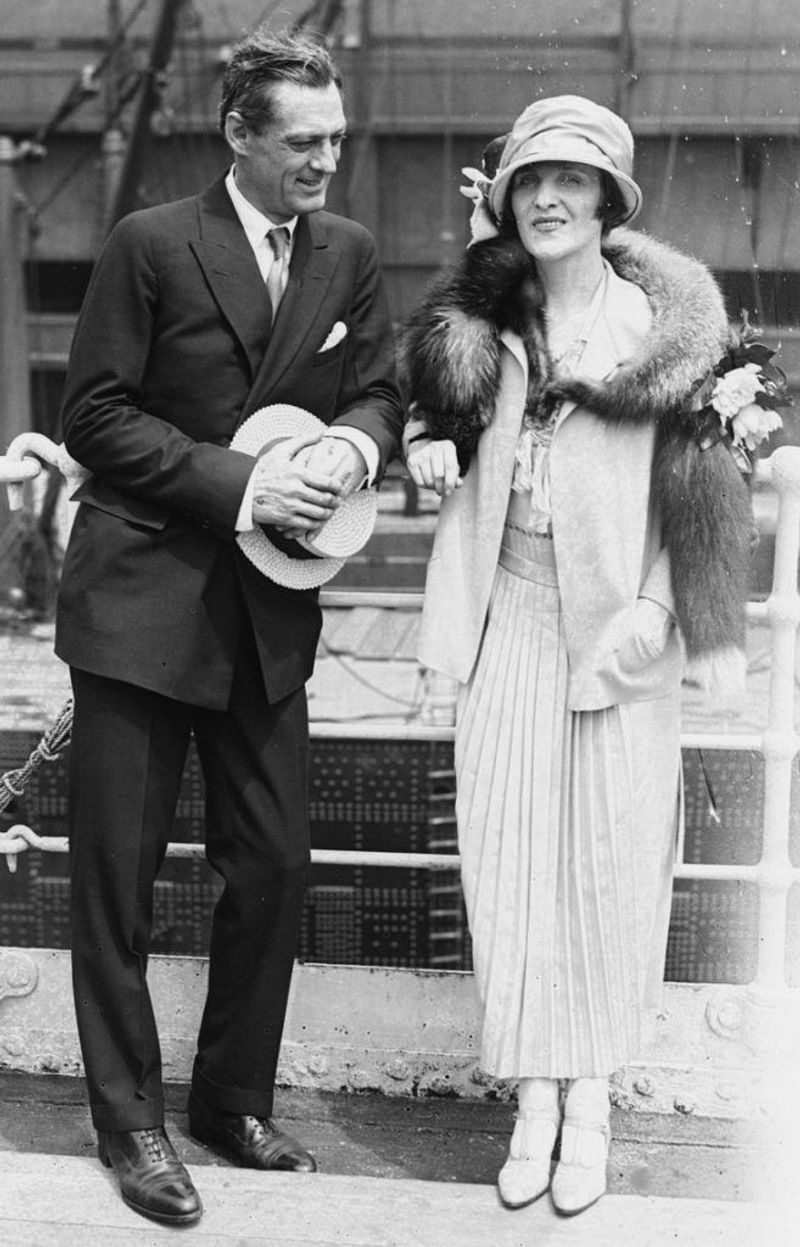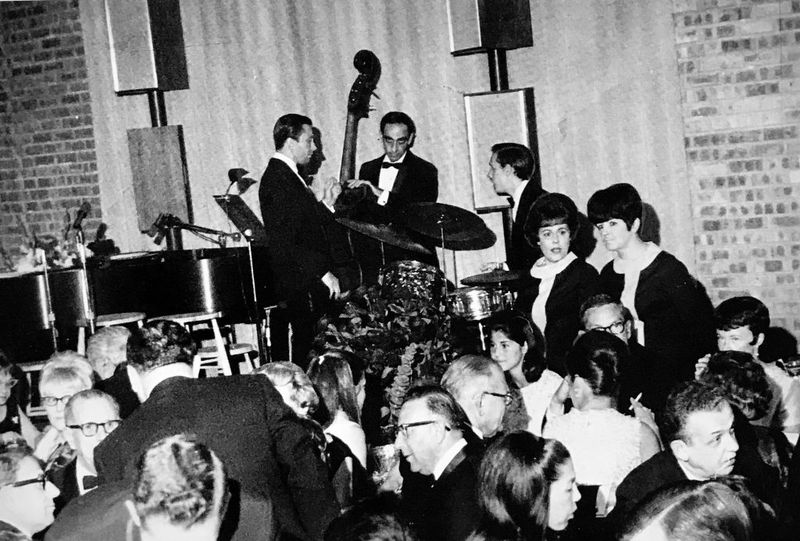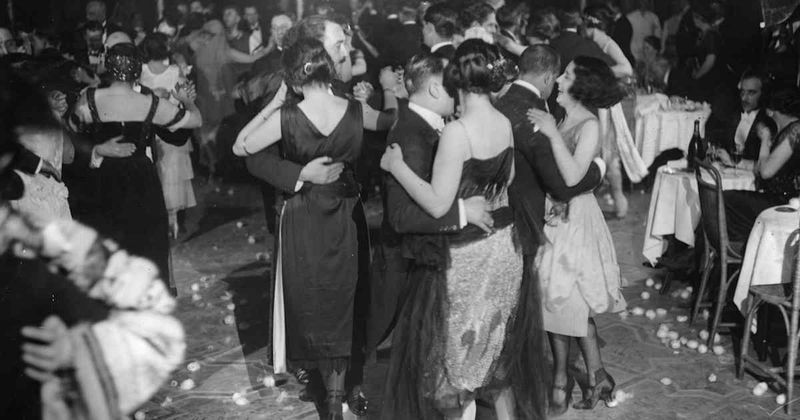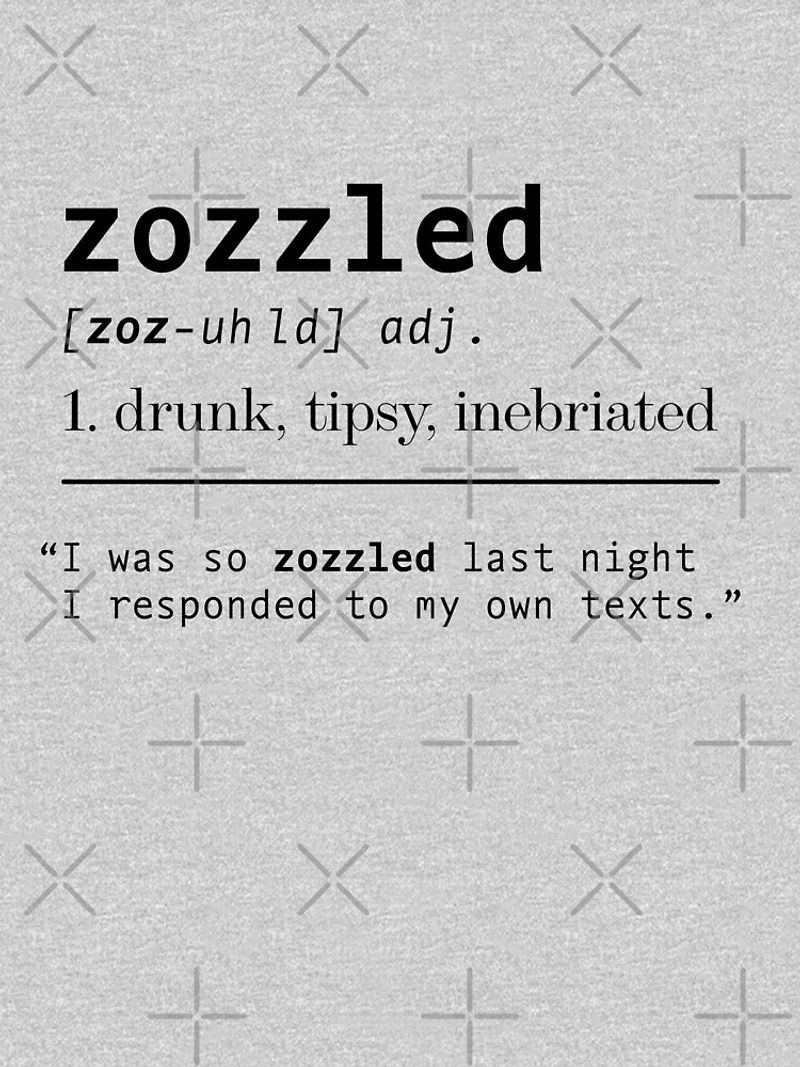The 1920s brought jazz music, shorter skirts, and a whole new way of talking that shocked parents everywhere. Young women called flappers created their own secret language filled with colorful expressions and snappy phrases.
Understanding these words helps us peek into one of America’s most exciting decades when everything seemed new and rebellious.
1. Bee’s Knees
Picture the most amazing thing you can imagine, then multiply it by ten. That’s what flappers meant when they called something the “bee’s knees.”
This phrase described anything absolutely wonderful or outstanding. Young people used it to praise everything from new dance moves to fashionable clothes.
The expression became so popular that it spread beyond flapper circles into everyday conversation throughout the decade.
2. Cat’s Pajamas
Flappers borrowed this silly-sounding phrase to describe the absolute best of anything. Nobody knows why cats or their sleepwear became symbols of excellence.
The expression competed with “bee’s knees” as the top compliment of the era. Both phrases showed how creative young people got with their language.
Using animal-related sayings became a trademark of 1920s slang that made conversations more playful and memorable.
3. Ritzy
Named after the fancy Ritz hotels, this word described anything luxurious or high-class. Flappers loved using it to talk about expensive parties and glamorous events.
The term perfectly captured the decade’s obsession with wealth and status. Everyone wanted to appear sophisticated and worldly.
Today we still use “ritzy” to describe upscale places, proving how some flapper words never went out of style.
4. Giggle Water
During Prohibition, when alcohol was illegal, flappers needed secret code words for their favorite drinks. “Giggle water” perfectly described how alcohol made people laugh and act silly.
Speakeasies used this term to advertise their illegal beverages without getting caught by police. The phrase sounded innocent enough to fool authorities.
Creative nicknames like this helped young people feel rebellious while breaking the law in style.
5. Hotsy-Totsy
When everything was going perfectly, flappers declared it “hotsy-totsy.” The rhyming words rolled off the tongue and sounded as cheerful as the feeling they described.
This expression showed how the 1920s generation loved creating fun, musical language. Rhyming slang became a popular trend.
The phrase captured the optimistic spirit of the decade when young people believed anything was possible and life should be enjoyed.
6. Baloney
Smart flappers needed a polite way to call out lies and nonsense. “Baloney” became their weapon of choice against anyone trying to fool them.
The word came from bologna sausage, suggesting that false statements were as fake as processed meat. It was much classier than calling someone a liar.
This term gave young women power to challenge authority and question what adults told them without using harsh language.
7. Bearcat
Forget sweet and gentle – flappers who earned the nickname “bearcat” were fierce, independent, and unstoppable. This was the ultimate compliment for a strong woman.
The term celebrated girls who broke traditional rules and lived life on their own terms. Being called a bearcat meant you had spirit and courage.
These women danced all night, spoke their minds, and refused to let anyone control their choices or dreams.
8. Dapper
Well-dressed men who caught flapper attention earned the title “dapper.” This word described guys who knew how to put together a sharp outfit and carry themselves with confidence.
The term emphasized style over wealth – a man could be dapper without being rich. Good grooming and fashion sense mattered more than money.
Flappers appreciated men who made an effort with their appearance and understood the importance of looking modern and sophisticated.
9. Gams
Shorter skirts meant legs became a fashion statement, and flappers proudly called them “gams.” This playful word celebrated women’s newfound freedom to show more skin.
The term appeared in fashion magazines and dance instructions. Having attractive gams became as important as a pretty face.
Using this slang showed how flappers took control of conversations about their own bodies instead of letting others define them.
10. Keen
Before “cool” existed, flappers said “keen” to show enthusiasm about something they really liked. The word was short, snappy, and perfectly captured their energetic personalities.
Young people used it to describe everything from new jazz songs to exciting party plans. Being keen meant being genuinely interested and excited.
The expression spread quickly because it was easy to say and remember, making it perfect for the fast-paced lifestyle of the era.
11. Nifty
Small but impressive things earned the label “nifty” from appreciative flappers. This word celebrated clever innovations and stylish details that made life more interesting.
The term worked perfectly for describing new gadgets, fashion accessories, or smart ideas. It suggested something was both useful and attractive.
Flappers loved finding nifty solutions to everyday problems, especially ones that helped them look more modern and independent than their mothers.
12. Spiffy
When someone looked especially well-dressed and put-together, flappers called them “spiffy.” The word had an upbeat sound that matched the positive feeling of looking your best.
Getting spiffy meant paying attention to every detail of your appearance. Hair, makeup, clothes, and accessories all had to work together perfectly.
The term encouraged both men and women to take pride in their appearance and present themselves with confidence and style.
13. Swanky
Sophisticated places and events that impressed even worldly flappers got called “swanky.” This word described venues that combined luxury with the latest modern style.
Swanky establishments attracted fashionable crowds who wanted to see and be seen. These places set trends rather than following them.
The term suggested exclusivity without being snobby – swanky places were impressive but still fun and exciting to experience firsthand.
14. Whoopee
Pure joy and celebration called for shouting “whoopee!” This exclamation captured the wild, carefree spirit that defined the entire decade.
The word became so popular it inspired songs and became part of the phrase “making whoopee,” which meant having a great time partying.
Flappers used it to express excitement about everything from weekend plans to unexpected good news that brightened their already adventurous lives.
15. Zozzled
When giggle water did its job too well, flappers ended up “zozzled” – their polite way of saying someone had drunk too much alcohol.
The silly-sounding word made being intoxicated seem less serious and more amusing. It was much more fun than saying “drunk.”
Using creative terms like this helped young people talk about their rebellious activities while maintaining some dignity and humor about their wild behavior.
